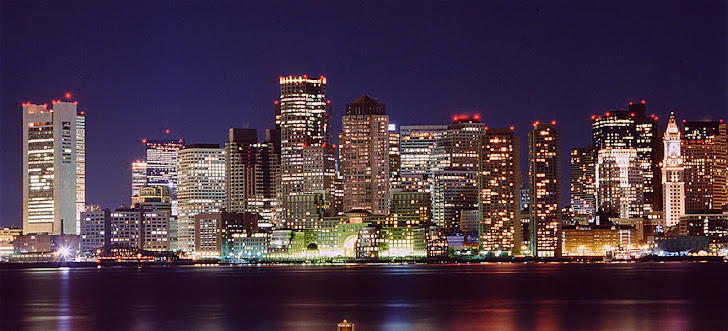- Photographic principle / Triangle lighting
- Refers to the triangular arrangement of key, back, and fill lights with the back light opposite the camera and directly behind the object, and the key and fill lights on opposite sides of the camera and to the front and the side of the objects
- Key light
- the principle source of illumination
- reveals the basic shape of the object or event
- Fill light - controls fall off
- Side light - comes from the side of the object acting as an additional fill and providing contour
- Kicker - comes from the back usually from below and off to one side an extension of the back light
- rims the object from below what the backlight can reach
- Background light/Set light
- illuminates the background, which can be an actual set
- Chiaroscuro lighting
- lighting for fast fall off and for light/dark contrast
- articulates space, clarifies and intensifies 3D property of things and the space that surrounds them and gives the scene an expressive quality
- creates drama and volume
- Functions:
- organic function: should appear as natural as the light that is available in the scene
- directional function: you can use the light to direct the viewers eyes in a certain direction
- spatial/comp. function: high and low energy areas should be balanced
- thematic function: should emphasize the theme or story of the scene
- emotional function: to affect our feelings directly regardless of the actual subject matter of the scene, operates in unison with the thematic function
- Rembrandt lighting
- only specific areas are carefully illuminated while others are kept purposely under or unlighted
- falloff is fast but theres enough fill light to render the attached shadows somewhat transparent
- Background although generally dark is partially illuminated to outline the figures or to fulfill other orientation functions
- Cameo Lighting
- chiaroscuro lighting pushed to its extreme
- Illuminates the foreground figures while leaving the background totally dark
- highly directional
- produces fast fall off with dense attached and sharply defined cast shadows
- Makes it difficult for performers to move without stepping out of the precisely defined light pools
- visual intensity causes the pictures to look strangely theatrical and often removed from the television reality
- Flat Lighting
- flat lighting: uses highly diffused light that seems to come from all directions
-
- extremely slow falloff
- does not reveal any particular light source
- ideal for continuous action
- can shoot from different angles without having to worry about shadows
- all lights should be the same brightness
- renders the attached shadows highly transparent or virtually invisible
- game shows and many sitcoms are illuminated by flat lighting
- extremely slow falloff
- Silhouette Lighting
- silhouette lighting: hybrid of chiaroscuro and flat lighting
- used to light the background and not the figure
- can conceal a person's identity
- used in interviews when person does not want to be identified
- unlighted figures against a bright, evenly illuminated background
- figure appears flat and dark but accentuates their contour
- Media-enhanced and Media-generated Lighting
- refers to the manipulation of the lighting by the medium itself
- whether it's film or digital photography and videography, you can adjust the brightness and contrast with an editing program
- solarization: combining the positive and negative images of the same subject
- posterization: reducing the brightness of an image to only a few steps
- Single-Camera Lighting
- also called film lighting because it is most commonly used in film production
- set up for discontinuous, short-duration action and then edited together
- lighting control is extremely hight
- Multicamera Lighting
- must satisfy the different points of view of the cameras
- used for long-duration action, such as interviews, sitcoms, game shows, situation comedies, and talk shows
- flat lighting is used
- Unusual Lighting
- used as an intensification device or as an aesthetic edge
-

Thursday, September 22, 2011
Chapter 3 Outline
Subscribe to:
Post Comments (Atom)
No comments:
Post a Comment